Cantonese Food Dishes: Basic Overview
Common Ingredients
Common Cooking Methods
Courses
Meals
Key Taste
Eating Etiquette
Meal Presentation
Culinary Festivals
Influence and Fusion
Popular Types of Cantonese Dishes
-
Dumplings
They are small dough parcels filled with meat, seafood, or vegetables.
Cantonese commonly steam or fry these dumplings.
-
Noodle Soups
These dishes are broth-based soups with various types of noodles.
They are often accompanied by meats or vegetables.
-
Rice Dishes
These specialties centered around rice, including fried rice and rice served with various toppings.
-
Stir-fries
Quick-cooked dishes with a mix of ingredients such as meats, seafood, and vegetables, flavored with sauces.
-
Steamed Dishes
Steam offerings are a variety of meats, seafood, and vegetables, cooked using steam.
This cooking technique helps preserve flavor and nutrients.
-
Desserts
They are sweet offerings, often incorporating ingredients like beans, fruits, and glutinous rice.
-
Soups
Ranging from light broths to hearty stews, often with medicinal herbs and ingredients.
-
Porridge
Soft, rice-based porridge, often served with savory accompaniments.
-
Fried Dishes
These are various ingredients like meats, seafood, or vegetables, fried for a crispy texture.
Even dough is fried for a crispy layer.
-
Grilled and Barbecued Dishes
Meats and seafood grilled or barbecued, often with a sweet and savory glaze.
Cantonese dishes are those from the Guangdong Province in China. Cantonese cuisine (also known as Yue or Guangdong cuisine) includes the Guizhou capital along with the regions around the Pearl River Delta of Hong Kong and Macau.
Traditional Cantonese dishes play a major role as one of the Eight Great Traditions of Chinese cuisine. However, many traditional offerings have a balanced profile compared to other Chinese delicacies.
Furthermore, these specialties also spread in areas with a population of Cantonese people and Yue speakers. Cantonese specialties feature fresh ingredients that range from meat to various vegetables.
Commonly, scholars place Guangdong cuisine into 3 categories based on the dialect, including the Cantonese, Chaozhou, and Hakka cuisines. Furthermore, the Teochew and Hakka cuisines are considered to be their own styles.
Aside from these delicacies, allow me to provide you with more information relating to the special characteristics of this cuisine, types of Cantonese delights that employ dried and preserved elements, and the pairing options with drinks.
Each dish will also contain information about its origin, taste, and ingredients. Also, some of these items come with fascinating features that make them stand out from the rest.
21 Popular Cantonese Dishes with Filters
White at it, make sure to use the filter system that grants you the power to see these dishes in alphabetical order, key ingredients, tastes, cooking techniques, dish types, and global popularity.
Plus, let me guide you through some fascinating categories of Cantonese specialties that you need to know:
Dim Sum
- Traditional
Dim sum is a traditional meal in Cantonese cuisine with an extensive range of Chinese small plates of bite-sized dishes. The origin of most modern Dim Sum dishes is associated with the Guangdong region in the latter half of the 19th century.
The most popular myth about dim sum is that it was created centuries ago by Royal chefs to “touch the heart” of Chinese emperors.
In addition, dim sum often appears as seasonal offerings, holiday specialties, and banquet delicacies. In Guangdong alone, the region offers over one thousand dim sum varieties.
Char Siu
- Traditional
Char siu is a Chinese-based cooking idea using boneless pork coming from the Guangdong province. The pork is placed on skewers or forks over low heat and covered in a sweet and savory glaze.
Char Siu made its appearance in the royal recipe books from the Zhou dynasty over 3000 years ago when the menus featured a ton of grill or barbeque recipes.
Most often, people marinate char siu with a blend of hoisin, soy sauce, and Chinese five-spice powder.
Cha Siu Bao
- Traditional
Cha siu bao is an essential dim sum item known as baozi in traditional Cantonese culture. Typically, there are two distinctive kinds of cha siu bao, the steamed one with a white bun called chashao bao, while the brown baked one is chashao can bao.
Cha siu bao is often filled with leftover roast pork. The outside bun is white, with a soft texture achieved by steaming.
Har Gow
- Traditional
Har gow is a type of dumpling from the Chinese dim sum family that is filled with minced shrimp and pork fat. These shrimp dumplings have an origin traced back to Guangdong.
Surprisingly, har gow is considered to be one of The Four Heavenly Kings. Commonly, Har Gow is often accompanied by shumai and offers a meaty filling of well-cooked shrimp.
Guangdong shrimp dumplings come with a transparent and smooth outer layer of cornstarch for a chewy texture when steamed or lightly crunchy when fried.
Lo Mai Gai
- Traditional
Lo mai gai is another dim sum, traditionally featured in Southern China. Interestingly, lo mai gai used to come in a bowl, but lotus leaves have become a more convenient to-go option.
The specialty contains steamed glutinous rice and chicken wrapped in a dried lotus leaf. Lo mai gai is typically served in generous portion sizes or a smaller version called jan ju gai.
Lo mai gai is shaped like a rectangle and wrapped in lotus leaf.
Cantonese-style Fried Rice
- Traditional
Cantonese-style fried rice is a rice-based specialty that originated in Guangzhou, China. The rice creation consists of cooked rice stir-fried with eggs, scallions, and a medley of meats and vegetables.
Cantonese fried rice is typically served hot alongside other Cantonese dishes or dim sum. Day-old refrigerated, or frozen rice is commonly used for the best dry and fluffy texture.
However, the eggs are cooked separately and combined with the rice, offering a distinct texture and color contrast. Prepared over high heat in a wok or large skillet, Cantonese-style fried rice acquires a signature smoky aroma.
Yun Tun Mian
- Street Food
Yun tun mian is a delicious Chinese noodle specialty of Cantonese origin, combining noodles and wonton in a savory broth. Usually, wonton noodle is an iconic street food in Hong Kong at a very affordable price.
In Guangzhou, the wontons are mostly prawn-based (70% shrimp and 30% pork). Plus, the noodles must be thin, smooth, and al dente, while the broth has to be hot.
For serving, locals place the spoon at the bottom with the wontons above it. The noodles are also on top since soaking them too long will overcook them
Beef Chow Fun
- Traditional
Beef chow fun is a traditional Cantonese stir-fried noodle dish coming from the town of Shahe in Guangzhou. It’s also known as beef ho fun, gon chaau ngauh ho, or ganchao niuhe, often made by stir-frying beef slices with noodles.
Interestingly, beef chow fun is also a common sight at yum cha establishments in Guangdong, Hong Kong, and other parts of the world, as well as at cha chaan tengs (Hong Kong-style cafes or diners).
Gulouyuhk
- Traditional
Gulouyuhk is a famous Cantonese meal and a traditional Chinese specialty for children and adults alike, also known as sweet and sour pork.
The pork is often battered and stir-fried, while the sauce is a combination of pineapple juice, soy sauce, and other condiments.
Aside from the pork, locals opt for vegetables like pineapple, bell pepper, and cucumber to enhance the flavor and texture.
Shark Fin Soup
- Exotic
Shark fin soup is a delicacy of Cantonese origin, tracing back to the Song Dynasty (960-1279), utilizing shark fin as the main ingredient.
In Chinese culture, shark fins are believed to prevent heart disease, rejuvenate the skin, and nourish the body’s vitamins. However, nowadays, cooks have to substitute real shark fins with artificial ones to avoid damaging the shark population.
Youtiao
- Traditional
Youtiao is a traditional Chinese snack of fried dough sticks often associated with Cantonese cooking. This deep-fried strip of dough is golden-brown in color and is typically enjoyed at breakfast.
In Cantonese-speaking regions, youtiao is known as “yàuh ja gwái,” meaning “oil-fried devil”. Furthermore, youtiao is commonly served with watery delicacies for dipping.
Youtiao’s crispy exterior and soft interior make it a favorite in various East and Southeast Asian countries.
Jook
- Traditional
Jook is a rice porridge (congee), famous in traditional Cantonese cooking, famous for its thickened white mixture when the rice is broken down.
People usually have jook with side dishes like meat, fish, scallions, pickled veggies, and century eggs. Ideally, many Chinese often enjoy congee with youtiao as a breakfast combo.
Cheung Fan
- Street Food
Cheung fan is a Cantonese rice noodle roll creation meaning “pig intestine noodle roll”.
In Guangzhou, steamed rice noodle is known as “laai cheung”, which translates to “pull intestines” as it refers to the process of hand-pulling the noodle roll.
Sweet soy and sesame sauces are the two primary choices to make steamed rice noodles a fan favorite. Plus, steamed rice noodles are often served in dim sum restaurants.
Zaa Leung
- Street Food
Zaa Leung is a Cantonese dim sum combining crispy Chinese fried dough (youtiao) enveloped in silky rice noodle rolls (cheung fun).
Also known as zhaliang, zha leung, or ja leung, this traditional dim sum is typically drizzled with a sweet soy sauce.
Zaa leung traces its origins back to Guangzhou, the capital of Guangdong province in southern China.
Steamed Egg
- Traditional
Steamed egg is a traditional delicacy in Chinese cuisine, particularly in Cantonese cooking, made of eggs, often enhanced with other ingredients and seasonings.
The eggs are beaten with water to create a tender texture and then steamed until just firm and smooth.
Plus, steamed eggs have different adaptations, including adding scallion, century egg, or dried shrimp. Ideally, steamed egg is typically served with soy sauce for a savory taste.
Cantonese Steamed Fish
- Traditional
Cantonese steamed fish is a fish delicacy that has a delicate and moist texture, whether using whole fish or filets. Usually, the steamed fish often appears as the final course of a Chinese wedding banquet.
Also, this Cantonese fish meal calls for fresh and alive fish to promote the highest flavor. Cantonese steamed fish is often served with steamed rice and stir-fried vegetables to accompany the mild and fragrant fish profile.
Bai Qie Ji
- Traditional
Bai qie ji is a traditional chicken dish from Southern China, including Guangdong, Hong Kong, and Fujian.
Also known as white cut chicken, bai qie ji requires steaming instead of roasting to maintain its natural color.
Bai qie ji is commonly served in bite-sized pieces, complete with bone and skin, then garnished with cilantro, leeks, and a touch of ginger.
Compared to the Hainanese white cut chicken, the Cantonese version is marinated before steaming, while the Hainanese version is cooked in boiling water with aromatic ingredients.
Hong Dou Tang
- Traditional
Hong dou tang is categorized as tong sui (sweet soup), a traditional red bean soup of Cantonese cooking, which literally translates as sugary water.
Red bean soup is usually served hot during the winter, but it’s also available in the summer to wrap up a meal. Cantonese red bean soup is typically made with rock sugar or sliced sugar, as well as sun-dried tangerine peels and lotus seeds.
Salted Duck Egg
- Traditional
Salted duck egg is a well-known Cantonese and East Asian delicacy created by immersing duck eggs in brine or encasing them in damp, salted charcoal.
Traditionally, these duck eggs have a distinctive briny scent, with a gelatinous white and a vibrant orange-red, firm yolk.
Commonly boiled or steamed, these salty duck eggs elevate congees or serve as a savory complement to various dishes.
While duck eggs are traditional, chicken eggs are suitable for a slightly varied taste and texture.
Douhua
- Street Food
Douhua is a traditional Chinese snack made with very tender tofu, even softer than silken tofu. The sweet and savory treat traces its origin to Guangzhou, the heart of Cantonese cuisine in Guangdong province.
Also known as doufuhua, tofu pudding, soybean pudding, or tofu brains, Douhua is crafted from soy milk and a coagulant, such as GDL, gypsum, gelatin, or agar agar, to achieve its texture and flavor.
Across China, douhua comes with many regional variations with diverse toppings and sauces. In the north, it’s draped in a savory gravy, while the south prefers a sweet, gingery syrup
Egg Tart
- Fusion
Egg tart is a Cantonese treat that was derived from Portugal when Macau was colonized. The locals tend to modify and serve egg tart along with other Cantonese Dim Sum.
In contrast to the original version, the Cantonese egg tart crust is beautifully layered and super thin. The crumbly shell combined with the smooth, creamy filling resembles egg pudding.
What are The Characteristics of Traditional Cantonese Foods?
Traditional Cantonese foods are popular worldwide with 4 main features including geography, cooking methods, flavors, and regional variations of Cantonese delicacies.
Foods of Cantonese are one of the Eight Great Traditions of Chinese cuisine featuring dishes from the Guangdong Province of China. Also known as Guangdong cuisine, Cantonese dishes also encompass Guangzhou, the capital city of Guangdong.
Also, Cantonese cooking techniques have developed over an impressive 2,000-year history in China. Traces of its recipes date back as far as the Han (206 BC-220 AD), Wei, and South and North dynasties (220-587).
This culinary tradition gained widespread recognition both domestically and internationally at the dawn of the 20th century.
In terms of flavor, Guangdong cuisine comes with a balanced profile and is not greasy. Furthermore, traditional Cantonese dishes often prefer ingredients at their peak freshness to provide the best experience
Cantonese culinary experts favor methods such as stir-frying, boiling, steaming, braising, sauteing, deep frying, simmering, and baking.
These techniques and dining etiquettes at the table primarily maintain the authentic and unadulterated taste of the ingredients.
These characteristics of Cantonese dishes are what set the cuisine apart with various specialties utilizing various ingredients. Furthermore, Cantonese foods also adore the usage of dried and preserved components.
What Types of Traditional Cantonese Foods Use Dried And Preserved Ingredients?
Dried and preserved ingredients are fundamental in many types of traditional Cantonese dishes. Here are the specific categories that are most likely to utilize dried and preserved ingredients in their preparation:
| Dish Type | Features |
|---|---|
| Soups | Traditional Cantonese soups often use dried scallops, goji berries, dried tangerine peel, and dried seafood to enhance broth flavor. |
| Noodle Dishes | Incorporate dried shrimp, dried mushrooms, and preserved vegetables as primary ingredients or flavor enhancers. |
| Siu Laap | Features preserved sausages and air-dried salted meats. |
| Lou Mei | The braising sauce includes preserved elements like fermented tofu and preserved bean curd for flavor enhancement. |
| Little Pot Rice | Toppings such as Chinese sausages, dried mushrooms, and other preserved vegetables are key preserved ingredients. |
| Desserts | Cantonese desserts like “tong sui” might use dried ingredients such as dried longan or red dates. |
The influence of Hakka cuisine on Cantonese cuisine potentially contributed to the extensive use of preserved ingredients, as the Hakkas were once a dominant group in regions like imperial Hong Kong.
Once you’ve gone through some exciting Cantonese dishes, you should spend some time to find your favorite pairings of dishes and drinks from Cantonese cuisine.
What Cantonese Dishes to Pair with Beverages?
Here are some common Cantonese refreshments that complement the flavors of Cantonese dishes:
Before you go, make sure to spread these dishes with others and leave a comment sharing your thoughts on Cantonese dishes.



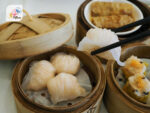
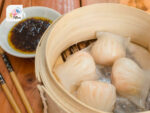
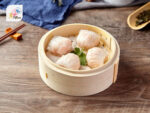
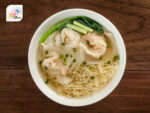
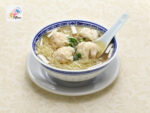
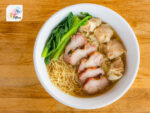
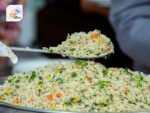
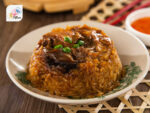
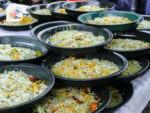
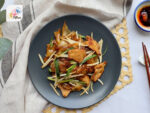
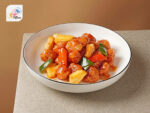
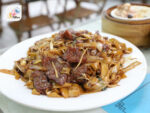
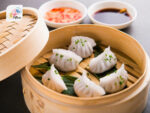
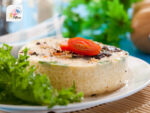
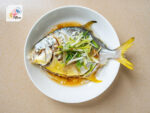
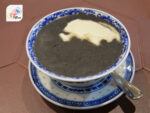


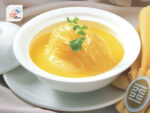
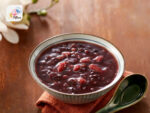

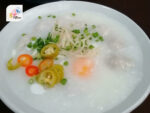
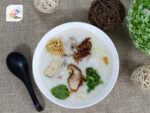
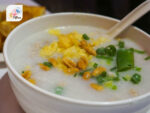



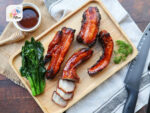
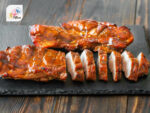

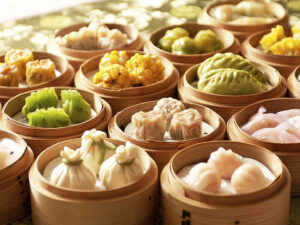
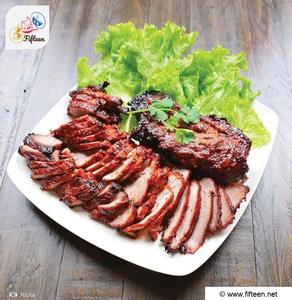
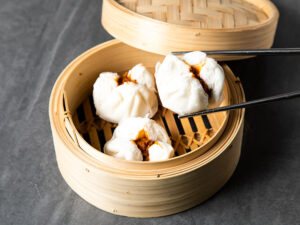
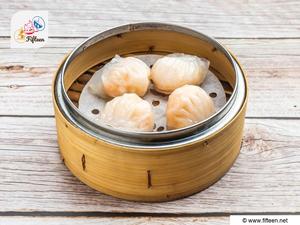
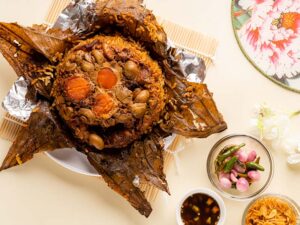
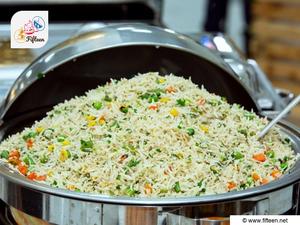
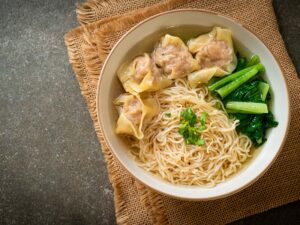
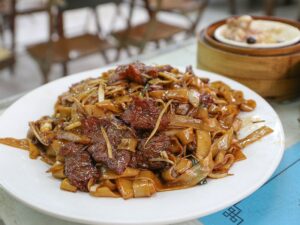
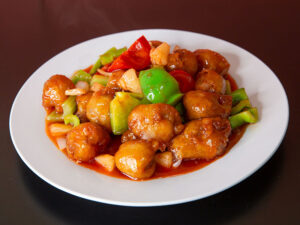

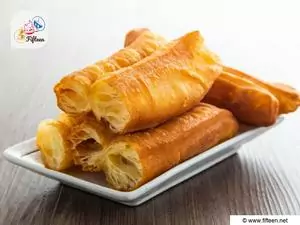
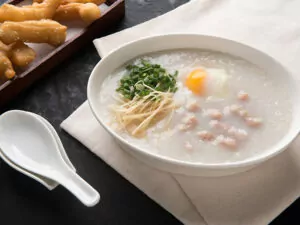
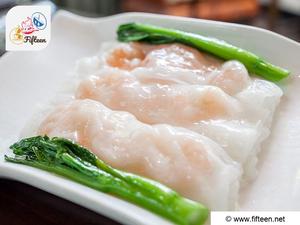
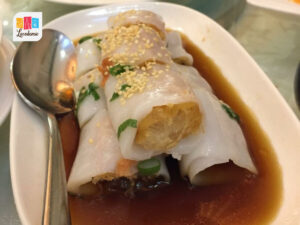
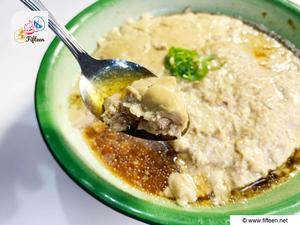
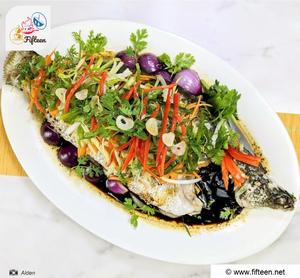
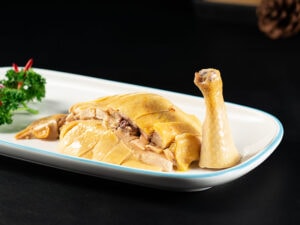
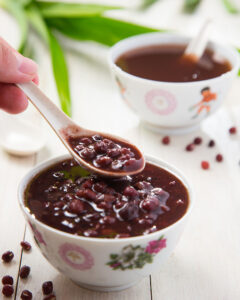
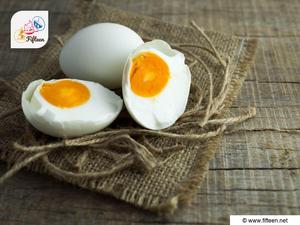
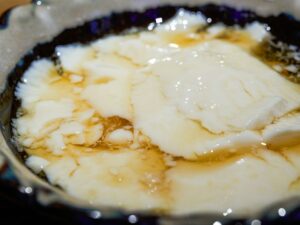
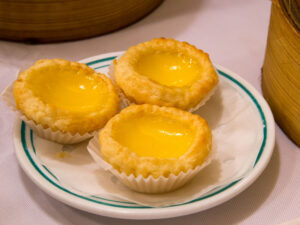
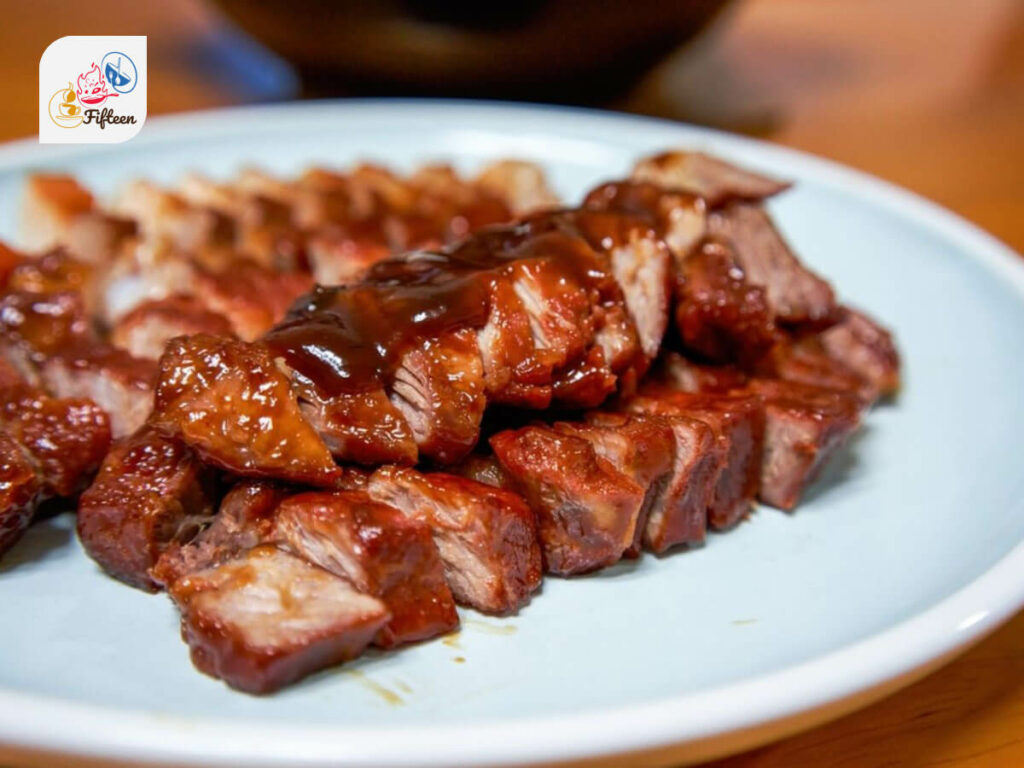
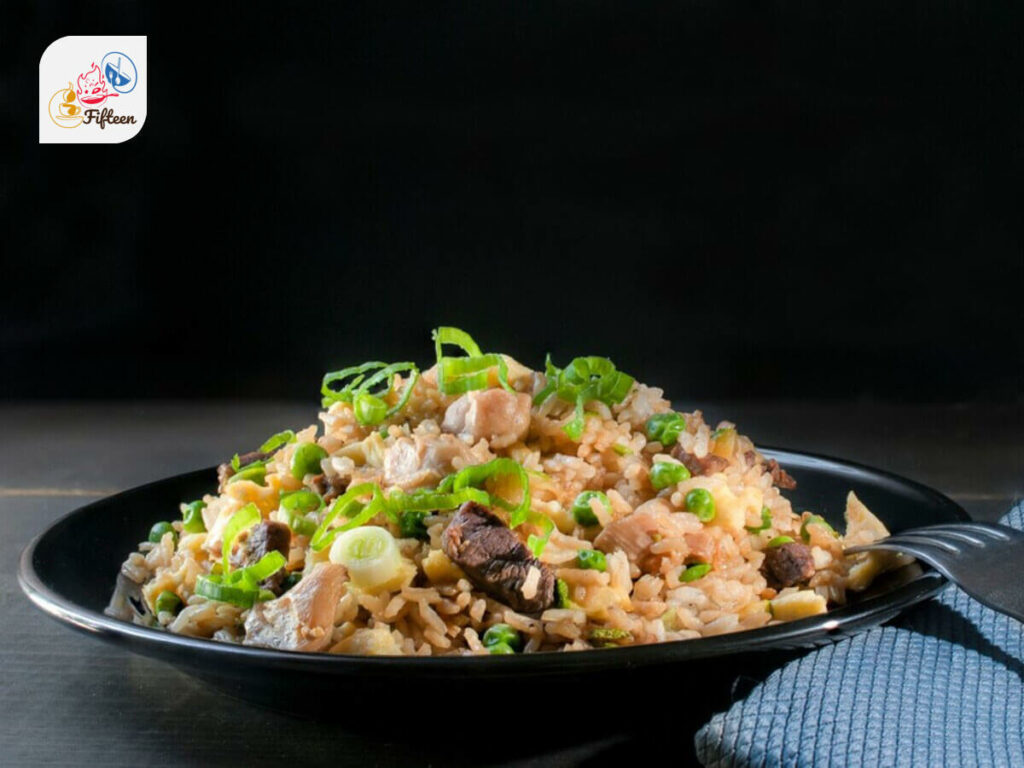

Jamie Scott
Editor in Chief, Senior Content Writer
Expertise
Home Cooking, Meal Planning, Recipe Development, Baking and Pastry, Food Editor, Cooking-video Maker, Western Food Evaluation Expert
Education
Le Cordon Bleu College of Culinary Arts
Local Community College, New York, NY
Jamie Scott is a skilled culinary expert and content creator specializing in Western cuisine. With over 15 years in the culinary field and formal training from Le Cordon Bleu, Paris, Jamie deeply understands how to blend nutrition with delicious flavors. His passion for cooking matches his commitment to making healthy eating accessible and enjoyable.
On Fifteen.net, Jamie brings a fresh perspective to classic dishes and beverages, offering readers insightful recipes, cooking tips, and a fresh view on meal planning that emphasizes taste, health, and simplicity.